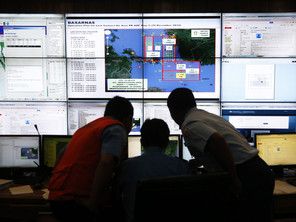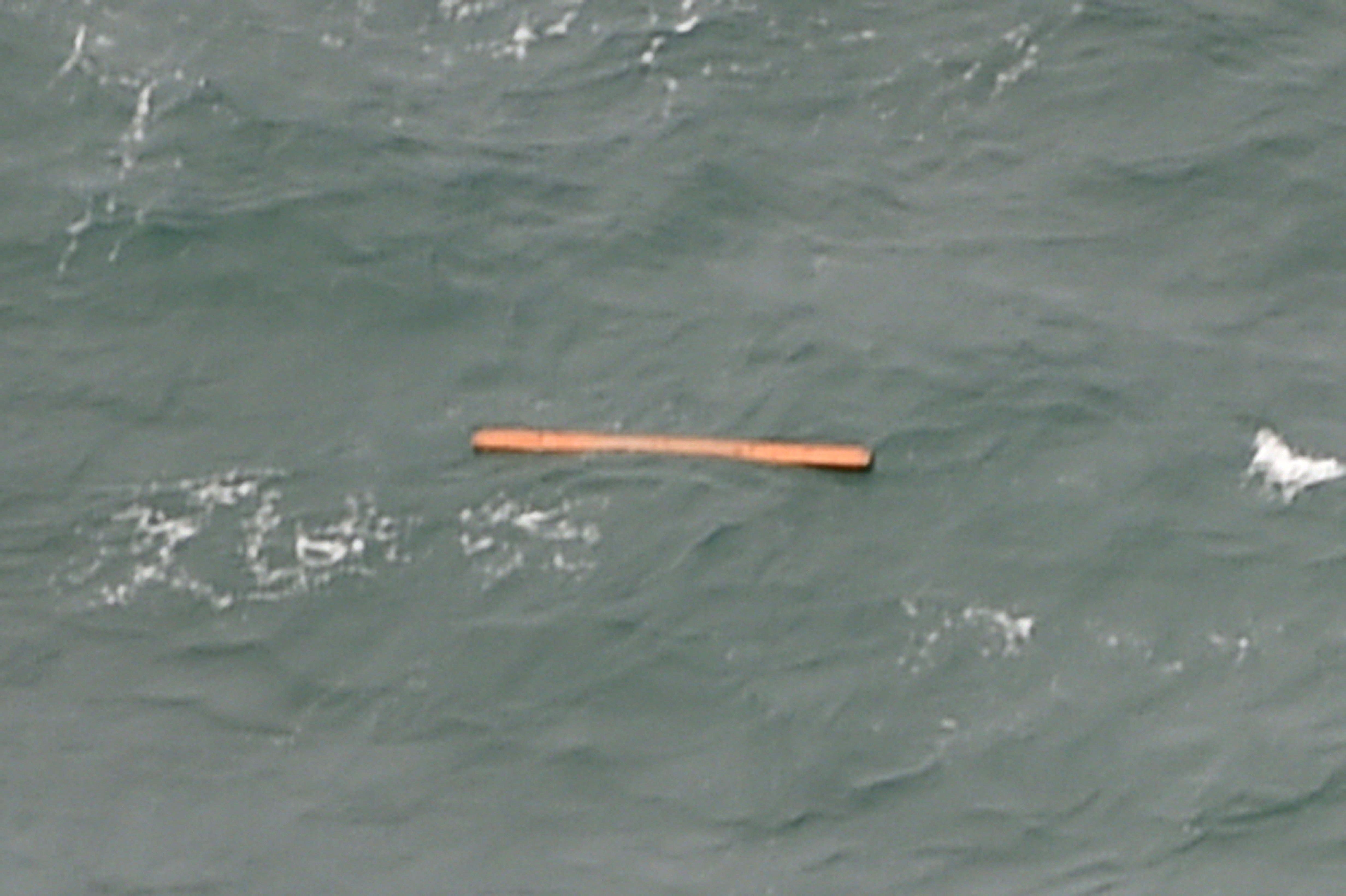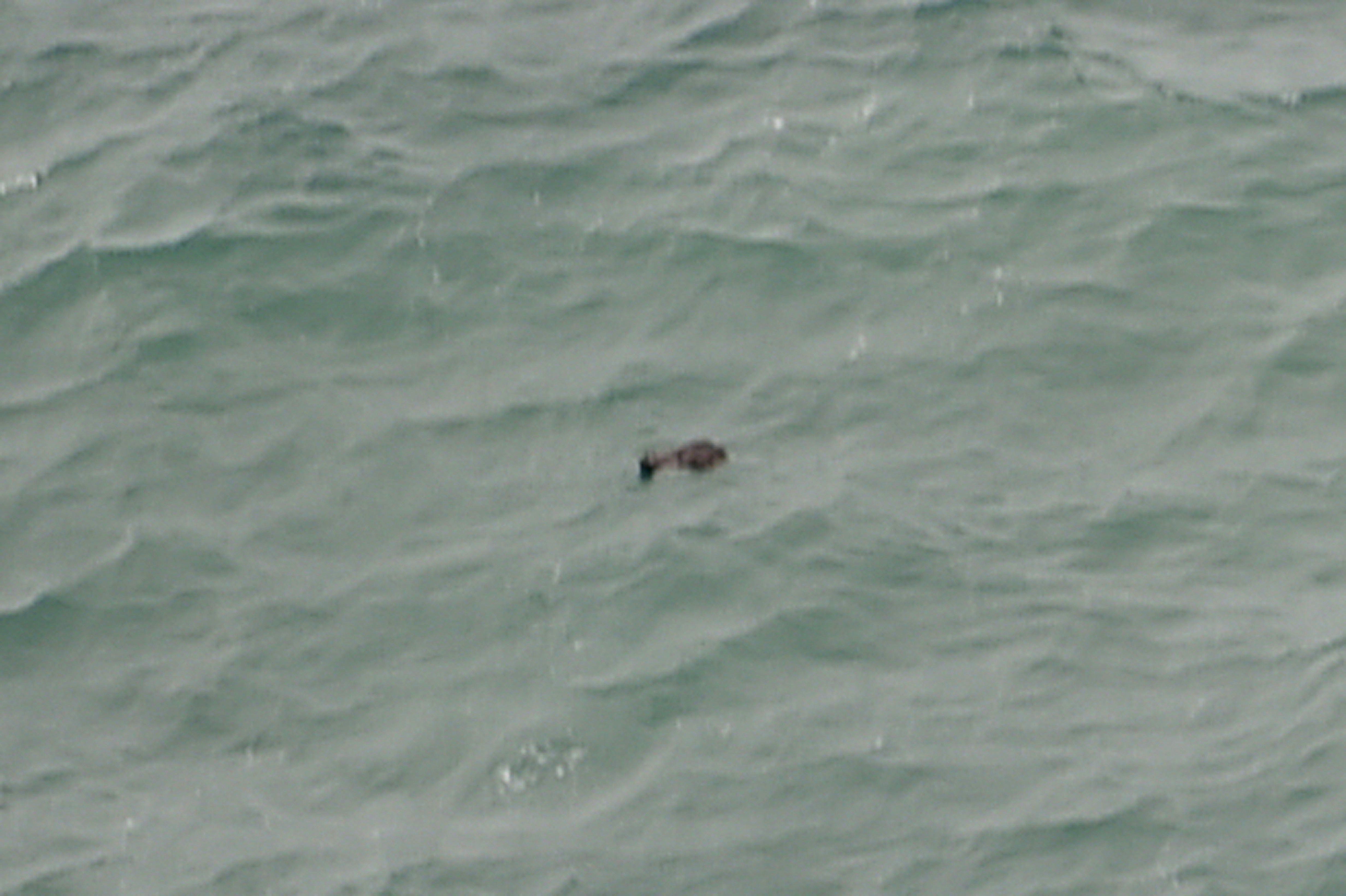 Authorities monitor progress in the search for AirAsia Flight QZ8501 in the Mission Control Center inside the National Search and Rescue Agency in Jakarta December 29, 2014. (Reuters)More than 40 bodies have been retrieved in the search for the AirAsia jet, the Indonesian navy has said as debris spotted in the Java Sea was confirmed as belonging to the plane.
Authorities monitor progress in the search for AirAsia Flight QZ8501 in the Mission Control Center inside the National Search and Rescue Agency in Jakarta December 29, 2014. (Reuters)More than 40 bodies have been retrieved in the search for the AirAsia jet, the Indonesian navy has said as debris spotted in the Java Sea was confirmed as belonging to the plane.
Earlier, Indonesian officials coming off a helicopter on Borneo island said they have recovered several bodies floating in waters near where the missing AirAsia flight was last seen. Images on local television showed at least one bloated corpse.
The bodies, swollen but intact, were brought to an Indonesian navy ship, National Search and Rescue Director SB Supriyadi told reporters in the nearest town, Pangkalan Bun. The corpses did not have life jackets on.
Relatives of passengers began crying hysterically and fainting as the footage was aired.
“At 12:50 the air force Hercules found an object described as a shadow at the bottom of the sea in the form of a plane,” he said.
Items resembling an emergency slide, plane door and other objects were spotted during an aerial search in the morning.
“We spotted about 10 big objects and many more small white-colored objects which we could not photograph,” Indonesian air force official Agus Dwi Putranto told a press conference earlier on Tuesday.
An AFP photographer on the same flight that spotted the debris said he had seen objects in the sea resembling a life raft, life jackets and long orange tubes.
 This aerial view taken from an Indonesian search and rescue aircraft over the Java Sea shows floating debris spotted in the search area. (AFP)At least 30 ships, 15 aircraft and seven helicopters were looking for the jet carrying 162 people, said Indonesia's Search and Rescue Agency chief Henry Bambang Soelistyo. Most of the craft were Indonesian but Singapore, Malaysia and Australia contributed to the effort. Aircraft from Thailand planned to join Tuesday's search.
This aerial view taken from an Indonesian search and rescue aircraft over the Java Sea shows floating debris spotted in the search area. (AFP)At least 30 ships, 15 aircraft and seven helicopters were looking for the jet carrying 162 people, said Indonesia's Search and Rescue Agency chief Henry Bambang Soelistyo. Most of the craft were Indonesian but Singapore, Malaysia and Australia contributed to the effort. Aircraft from Thailand planned to join Tuesday's search.
The U.S. Navy is also joining the search. It said in a statement that the USS Sampson, a destroyer, which was already on an independent deployment in the Western Pacific, and will arrive in the area later Tuesday. China announced that a navy frigate already on patrol in the South China Sea and aircraft to help the search.
 On Monday, searchers spotted two oily patches and floating objects in separate locations, but it was not known any of it was related to the plane that vanished Sunday halfway into what should have been a two-hour hop from Surabaya, Indonesia, to Singapore. The area is a busy shipping lane. Officials saw little reason to believe the flight met anything but a grim fate.
On Monday, searchers spotted two oily patches and floating objects in separate locations, but it was not known any of it was related to the plane that vanished Sunday halfway into what should have been a two-hour hop from Surabaya, Indonesia, to Singapore. The area is a busy shipping lane. Officials saw little reason to believe the flight met anything but a grim fate.
Based on the plane's last known coordinates, the aircraft probably crashed into the water and "is at the bottom of the sea," Bambang Soelistyo said Monday. Still, searchers planned to expand their efforts onto land on Tuesday.
A storm alone isn't going to bring down a modern plane designed to withstand severe weather. But weather paired with a pilot error or a mechanical failure could be disastrous.
Pilots rely on sophisticated weather-radar systems that include a dashboard display of storms and clouds, as well as reports from other crews, to steer around dangerous weather.
"A lot more information is available to pilots in the cockpit about weather than it ever was," said Deborah Hersman, former chairman of the U.S. National Transportation Safety Board. But the technology has limits and sometimes information about storms "can be a little bit stale."
The captain, Iryanto, who like many Indonesians uses a single name, had more than 20,000 flying hours, AirAsia said.
People who knew Iryanto recalled that he was an experienced military pilot, flying F-16 fighters before shifting to commercial aviation. His French co-pilot, Remi Plesel, had been in Indonesia three years and loved to fly, his sister, Renee, told France's RTL radio.
"He told me that things were going well, that he'd had a good Christmas. He was happy. The rains were starting," she said. "The weather was bad."
 В Атырау +1
В Атырау +1